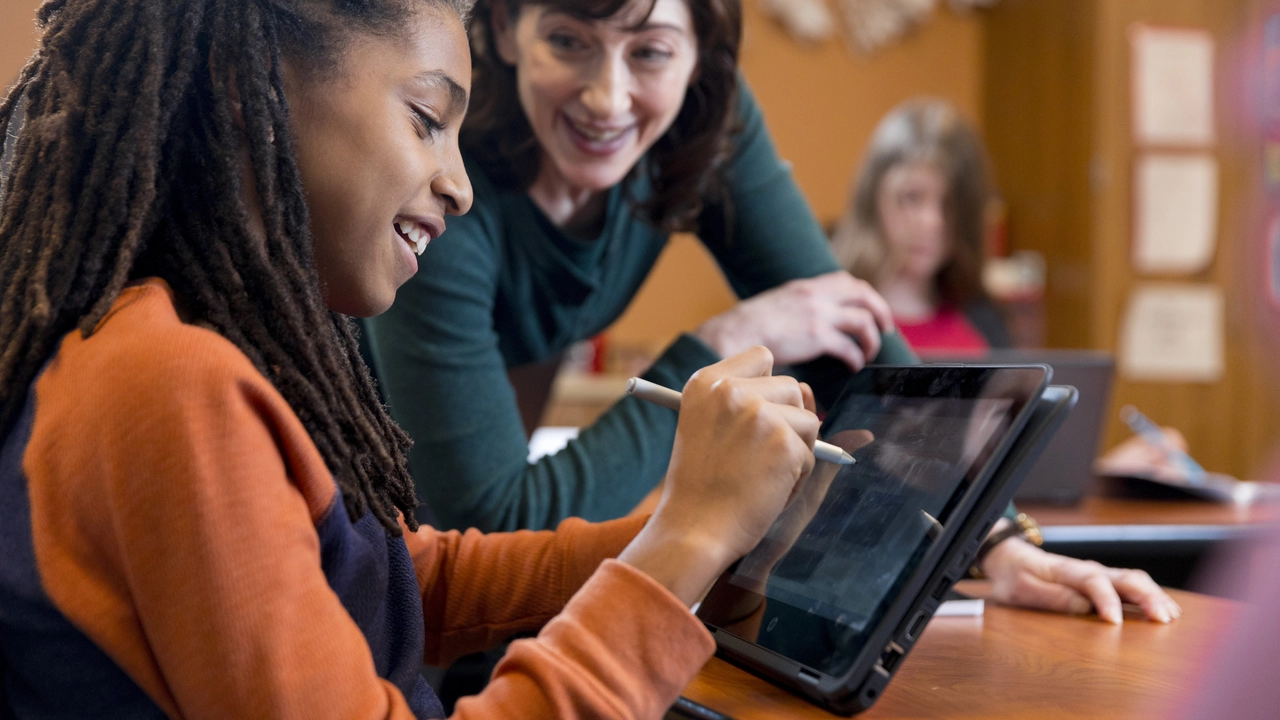Reimagining the Classroom Environment
One of the first steps to dramatically improve the education program is to rethink the traditional classroom setup. The current model, which often involves students sitting in neat rows facing a teacher and a board, is not conducive to collaborative and interactive learning. Instead, we should aim to create flexible learning spaces that promote group activities and discussions. This could involve rearranging furniture, incorporating more technology, or even moving some classes outdoors. The goal is to make learning more engaging and fun, instead of a chore that students dread.
Integrating Technology into Learning
For a dramatic improvement in the education program, we must embrace technology. This doesn't mean replacing teachers with computers, but rather using technology as a tool to enhance learning. Interactive whiteboards, tablets, and educational software can make lessons more interactive and engaging. Online platforms can facilitate collaboration, allow students to learn at their own pace, and provide instant feedback. Moreover, teaching students how to use technology responsibly and effectively is an essential skill in the 21st-century workforce.
Personalizing Learning
Another approach to improving the education program is through personalized learning. This means tailoring education to each student's individual needs, interests, and pace of learning. This could involve creating individual learning plans, using adaptive learning technology, or offering a variety of learning pathways. Personalized learning acknowledges that each student is unique and requires a different approach to succeed. This not only boosts student engagement and achievement but also prepares students for a world where they will have to be self-directed learners.
Building Strong Teacher-Student Relationships
Strong teacher-student relationships are fundamental to a successful education program. Teachers who know their students well can better meet their needs and help them succeed. This involves not just understanding their academic abilities, but also their interests, strengths, and challenges. Teachers also need to create a safe and supportive learning environment where students feel comfortable to express their thoughts and make mistakes. This requires ongoing professional development for teachers, as well as a shift in the culture of schools.
Implementing Project-Based Learning
Project-based learning is a powerful way to improve the education program. This involves students working on real-world projects over an extended period of time, which helps them develop deep content knowledge as well as critical thinking, creativity, and communication skills. Project-based learning also makes learning more relevant and engaging for students, as they see the real-world applications of what they are learning. This requires a shift in the role of the teacher, from a dispenser of knowledge to a facilitator of learning.
Teaching 21st Century Skills
For our education program to be truly effective, it must teach not just academic content, but also 21st-century skills. These include critical thinking, creativity, collaboration, communication, and digital literacy. These skills are crucial for success in today's knowledge-based, technology-driven economy. Schools need to integrate these skills into their curriculum, assessment, and teaching practices. This can involve using problem-based learning, collaborative projects, and digital tools, among other strategies.
Engaging Families and Communities
Another key to improving the education program is engaging families and communities. Research shows that when families are involved in their children's education, students perform better acadically and have better social skills. Schools need to build strong partnerships with families and the wider community, involving them in decision-making and tapping into their resources and expertise. This can involve regular communication, parent-teacher meetings, community projects, and more.
Assessing Learning in New Ways
Finally, to dramatically improve the education program, we need to rethink how we assess learning. Traditional tests and exams often measure rote memorization rather than deep understanding and skills. Instead, we should use a variety of assessment methods, including projects, presentations, portfolios, and self-assessments. These provide a more accurate picture of students' abilities and help them become more self-directed learners. We also need to use assessment data not just to grade students, but also to inform teaching and improve learning.


